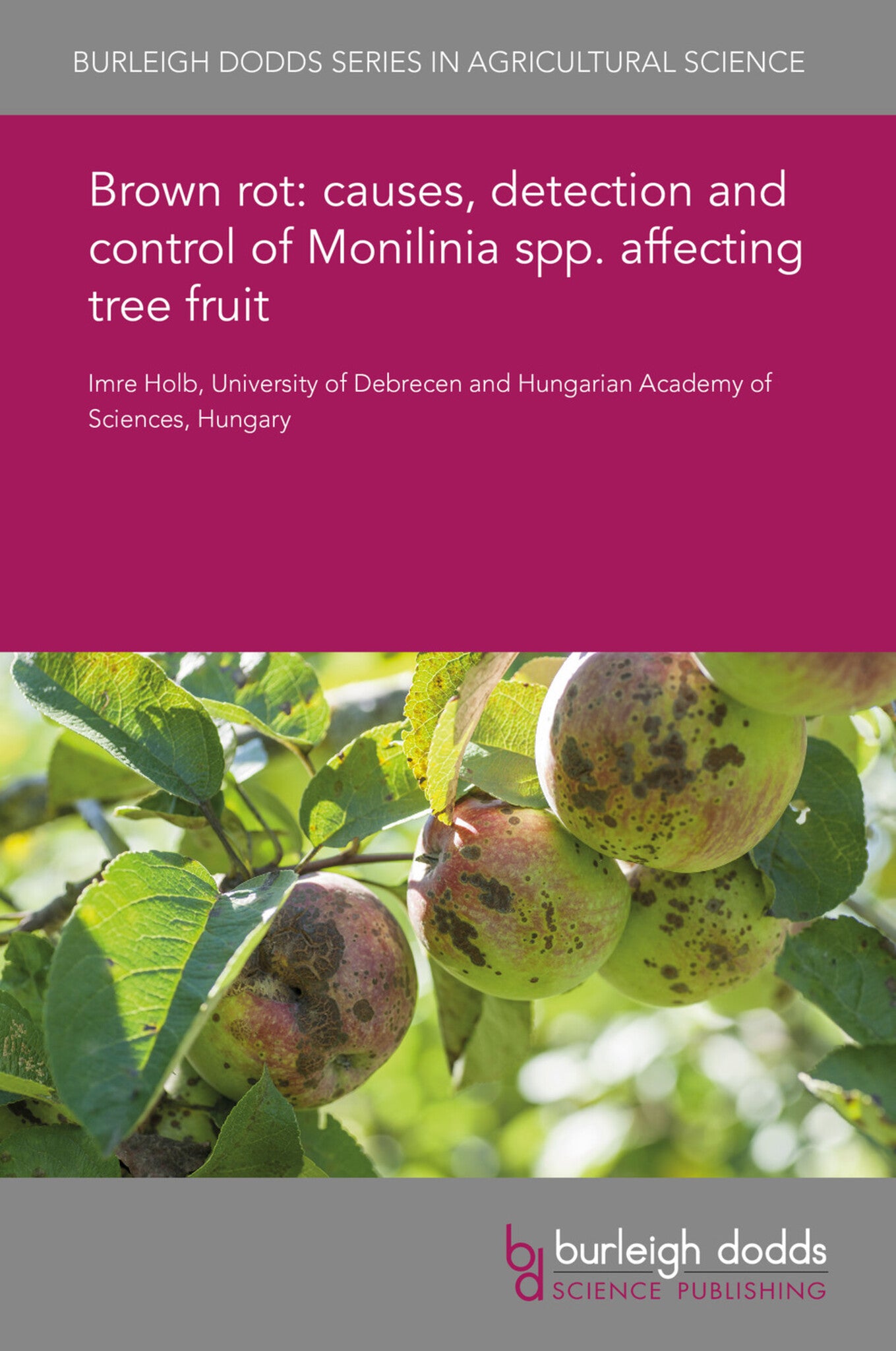We're sorry. An error has occurred
Please cancel or retry.
Brown rot: causes, detection and control of Monilinia spp. affecting tree fruit

Some error occured while loading the Quick View. Please close the Quick View and try reloading the page.
Couldn't load pickup availability
- Format:
-
09 September 2019


SCIENCE / Life Sciences / Horticulture, Commercial horticulture, TECHNOLOGY & ENGINEERING / Agriculture / Agronomy / Crop Science, TECHNOLOGY & ENGINEERING / Pest Control, Sustainable agriculture, Pest control / plant diseases

1 Introduction 2 Yield loss and impact on crops 3 Causal organisms of brown rot 4 Major fruit hosts and host resistance to brown rot 5 Symptoms 6 Identification and detection 7 Disease cycle and epidemiology 8 Disease warning for brown rot 9 Implications for prevention and management of brown rot 10 Conclusion and future trends 11 Acknowledgements 12 Where to look for further information 13 References



